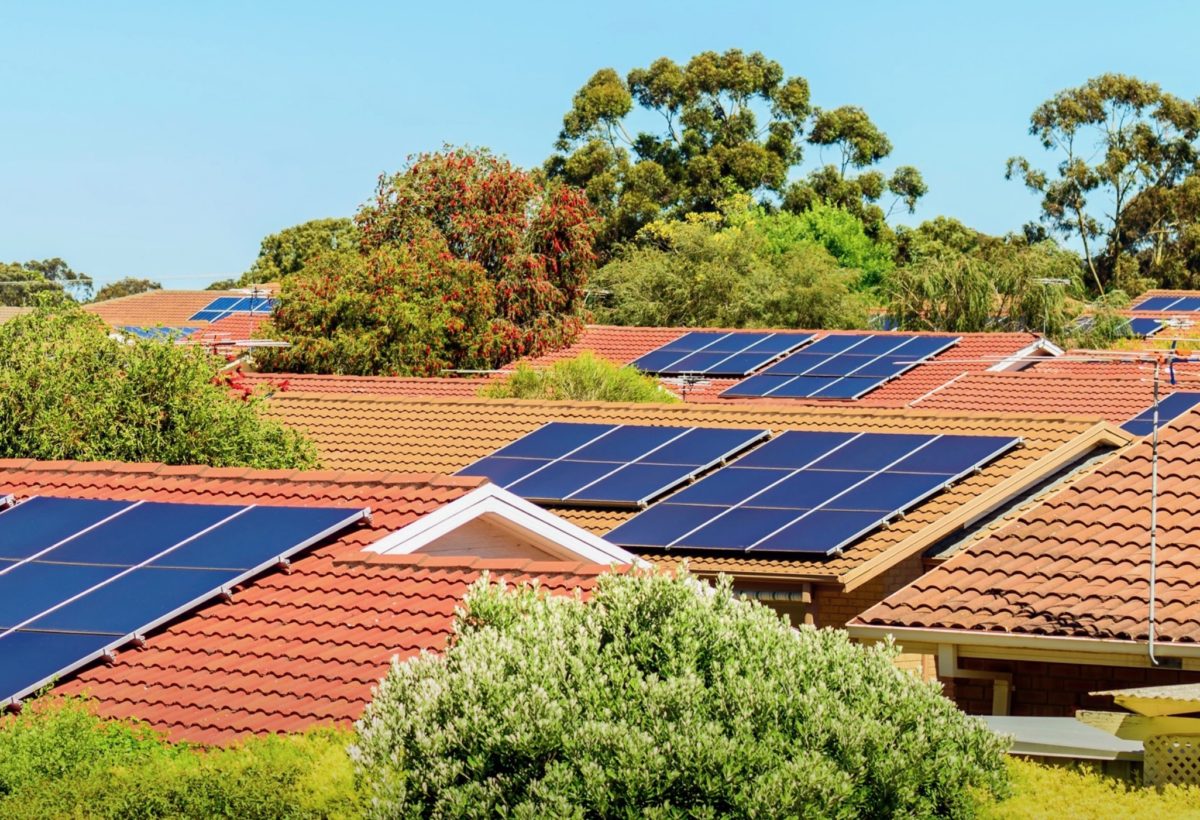Solar Citizens, the Queensland Council of Social Service (QCOSS) and Queensland Conservation Council have combined forces for a proposal that would see solar and energy-efficient upgrades on social housing across Queensland (QLD), an initiative which would save households serious dough on their electricity bills.
The proposal, “emPower Homes: A Social Homes Energy Support Stimulus”, is a direct response to the pressure many Queensland households are under as a result of the Covid-19 pandemic. The QLD Government are already leading the way amongst states opting with foresight for a renewable led recovery, but economic recoveries take time – time many in social housing don’t have the financials to fall back on.
This is why a $215 million package that would see to the installation of solar and energy-efficient upgrades on 50,250 social homes across Queensland (75% of all social dwellings), is not only helpful to those households, but prudent to the wider economic recovery. The QLD Government is demonstrating an understanding that the new economy will be powered by renewables, and the Government’s housing should reflect that understanding too.
The $215 million is to be divvied up into $12 million for engagement and energy audits, $50 million for rooftop solar PV, and $153 million for energy efficiency upgrades. Not only will the three-year course of the investment create 1,800 jobs across the state, but Solar Citizens predicts that social homes will save up to $730 on their electricity bill each year thanks to solar PV and $1,100 from energy efficiency upgrades.
Of course, the proposal would also increase QLD’s solar capacity by 50 MW and reduce emissions as QLD looks to reach its renewable energy target of 50% by 2030, a target it has a long way to go before reaching.
Queensland Executive Director of the Property Council of Australia called emPower Homes “a smart stimulus”, and QCOSS CEO Aimee McVeigh said the proposal would help to ease the financial pressure posed by the economic challenge of Covid-19.
For Nigel Webb, who has lived in social housing for 28 years, emPower Homes is much needed. “Electricity bills are very expensive,” said Webb, “and we spend a lot of money each quarter on them. Putting solar on social housing will mean we could save money and put toward other essential items and stay cool and healthy during Queensland’s hot summers.”
There is no mention of what sizes of solar systems would be installed on social housing across the state, but fair to say it will be a big order for QLD’s solar installers.
The proposal represents an opportunity for the QLD Government to get behind a solar society it has so far only tentatively touched with small trials. The Palaszczuk government had previously kicked off another solar trial involving public housing households in Lockhart River, Cairns and Rockhampton, while another initiative was launched in 2018 by roofing materials supplier Stoddart Group alongside energy retailer Powershop and software firm Reposit Power to install 15,000 PV systems on rental homes.
A proven thing
A 2019 industry research project by Swinburne University investigated the effectiveness of small-scale solar PV in alleviating energy poverty for cooperative housing tenants which found key benefits brought about by solar PV integration.
The investigation found that the more complex the household, which is to say, the higher the stress of financial and emotional pressure from low-income, single parentage, health conditions or complex family relations, the less likely the household can take control of its energy consumption. Practical measures at reducing electricity consumption require high motivation, such as switching energy providers, changing routines etc., tasks that are often beyond the purview of a household under significant pressure.
Residents who received solar PV installations as part of the investigation reported a reduction in electricity bills and credit for excess electricity exported back to the grid. The increased control of energy consumption and reduction in bills meant that households were able to gain the motivation to compound their benefits with better energy management and the confidence to better engage with the energy market. A little help can go a long way.
This content is protected by copyright and may not be reused. If you want to cooperate with us and would like to reuse some of our content, please contact: editors@pv-magazine.com.









By submitting this form you agree to pv magazine using your data for the purposes of publishing your comment.
Your personal data will only be disclosed or otherwise transmitted to third parties for the purposes of spam filtering or if this is necessary for technical maintenance of the website. Any other transfer to third parties will not take place unless this is justified on the basis of applicable data protection regulations or if pv magazine is legally obliged to do so.
You may revoke this consent at any time with effect for the future, in which case your personal data will be deleted immediately. Otherwise, your data will be deleted if pv magazine has processed your request or the purpose of data storage is fulfilled.
Further information on data privacy can be found in our Data Protection Policy.